Storytelling goes back to our cave-dwelling days and is an extrinsic part of the shared human experience. Technological advances have moved us from cave drawings to Kindles, but the foundations remain. They are even more powerful with the addition of language. The written word can take us to new places and give us new experiences that are beyond our reach in the real world. 7th grade just traveled to the Dominican Republic through Clap When You Land. Author Elizabeth Acevedo’s writing is so full of imagery that we experienced the sights, sounds and tastes of the country through the eyes of Camino. I’ve never been there, but thanks to this powerful book, I have visual images of the island in my mind that the book painted for me.

Elizabeth Acevedo is the author of Clap When You Land, one of the many books STM Scholars have dived into 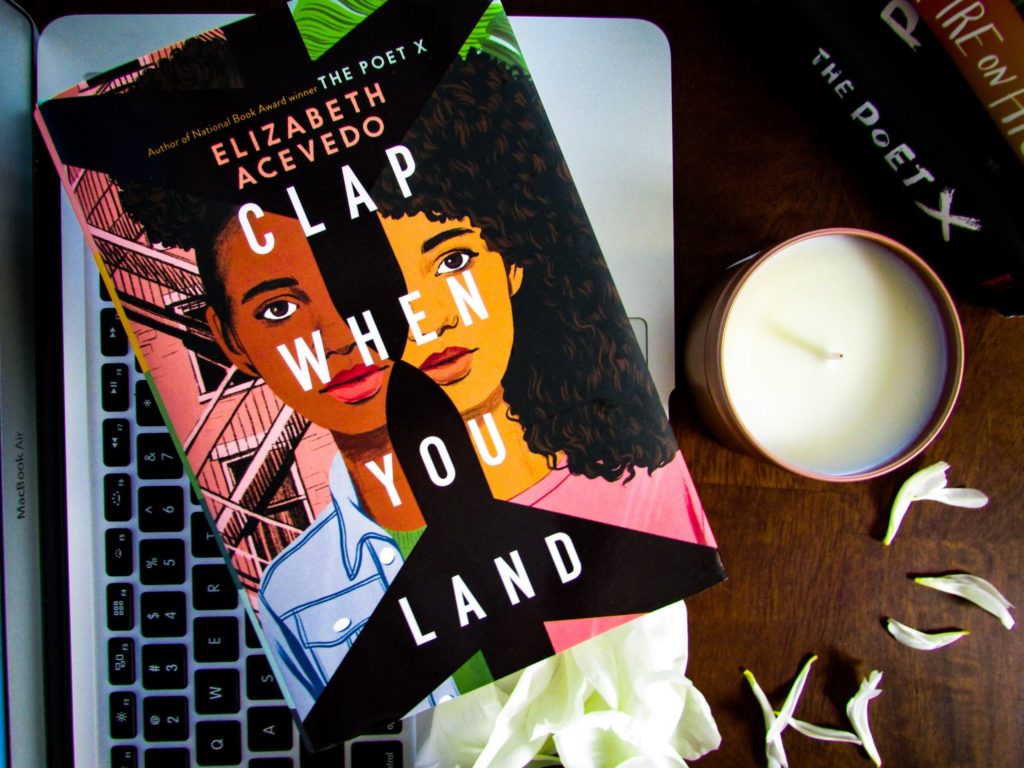
Current 7th Grade Language Arts Read
Reading builds a more just world. What better way to develop empathy than to experience someone else’s life from their perspective? Our sixth grade scholars are reading The Unteachables by Gordon Korman, the story of the students of SC-8, dismissed by their teachers and classmates as unteachable. Through chapters on each character, we learn the story of their lives and see their humanity. 7th graders experienced grief, loss and transformation through two sisters who were unknown to each other in Clap When You Land. 8th graders have been with Amal from Punching the Air as he navigates life in a juvenile detention center and is viewed by the outside world as a criminal. Knowing a character’s true story and humanity strengthens our humanity.

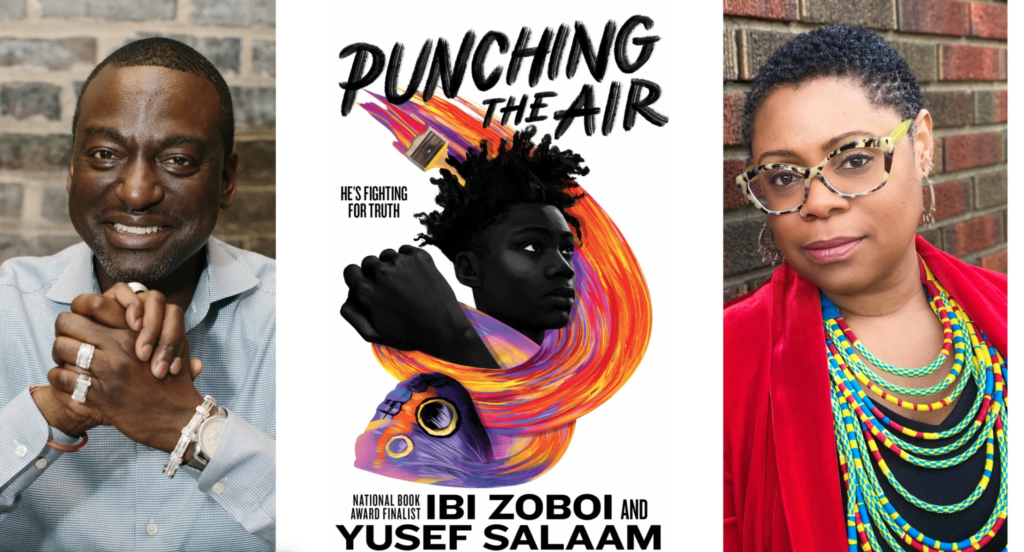

Reading expands our vocabulary. There are words in books that aren’t often used in casual conversation and kids who read 20 minutes a day, read over 1 million 800 thousand words a year! Learning new words not only helps us become better readers, but gives us greater resources to use to express ourselves and leads to more complex thought. Our fourth graders held a read-a-thon on St. Patrick’s Day, spending a joyous day reading their favorite books and being exposed to thousands of words.
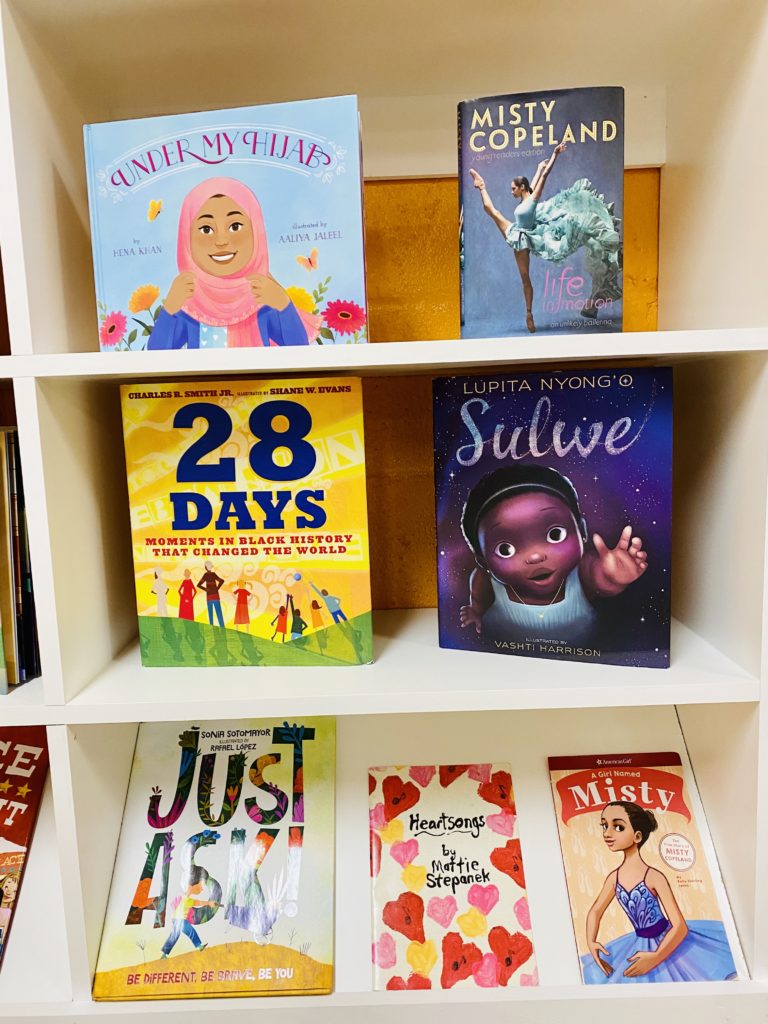
Reading grows our imagination. Not only do we enter worlds within books and imagine our own version of the stories and characters, but we can use books to extend the story within our imagination. For example, second graders read The Day the Crayons Quit by Drew Daywalt. We giggled at the antics of the crayons and their many complaints about their lives as Duncan’s crayons. Second graders did not stop there, though. They chose one of their crayons and imagined what their crayon’s personality and complaint would be, writing letters from their crayon to themselves. We will never look at our crayons the same way again!
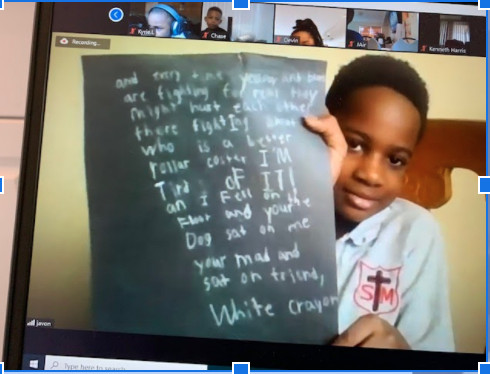
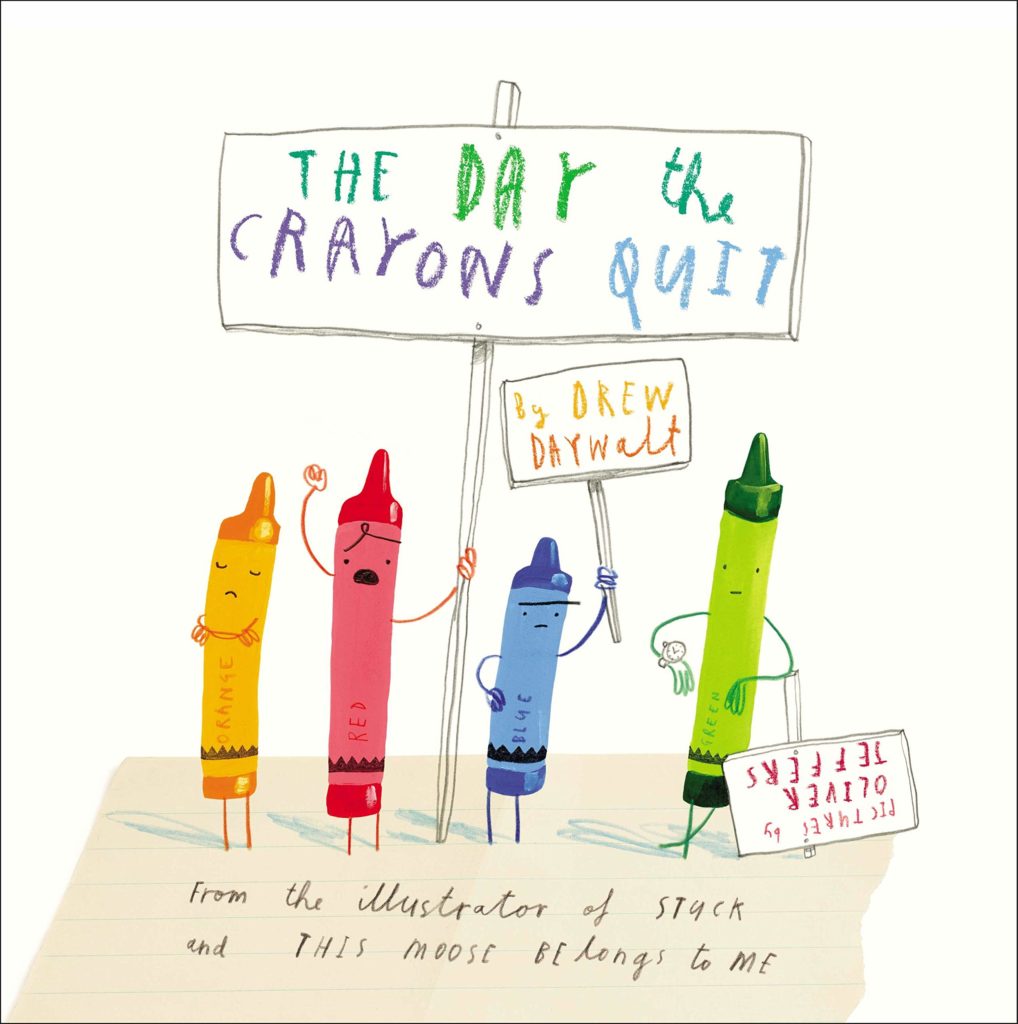
The Day the Crayons Quit by Drew DaWalt 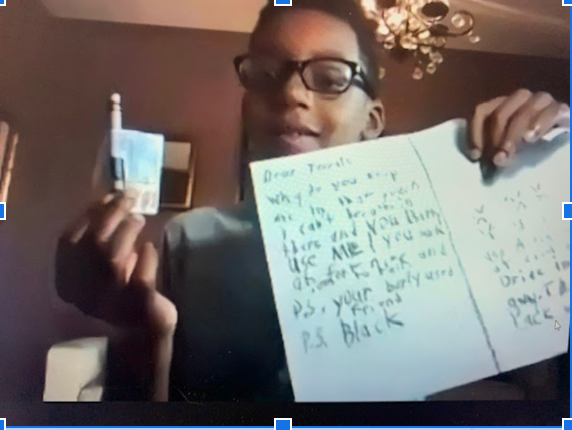
Reading brings us together. Reading with our kids and giggling over a funny picture book is a bonding experience that builds a love of reading and our relationships. We often reminisce about books we’ve shared and characters we’ve loved in the library. At STM, we think shared reading is so important that not only do we read to and with our classes, but the STM staff have started our own book club!
This week’s blog post was written by the STM School Librarian Mrs. Erica Jones

Education